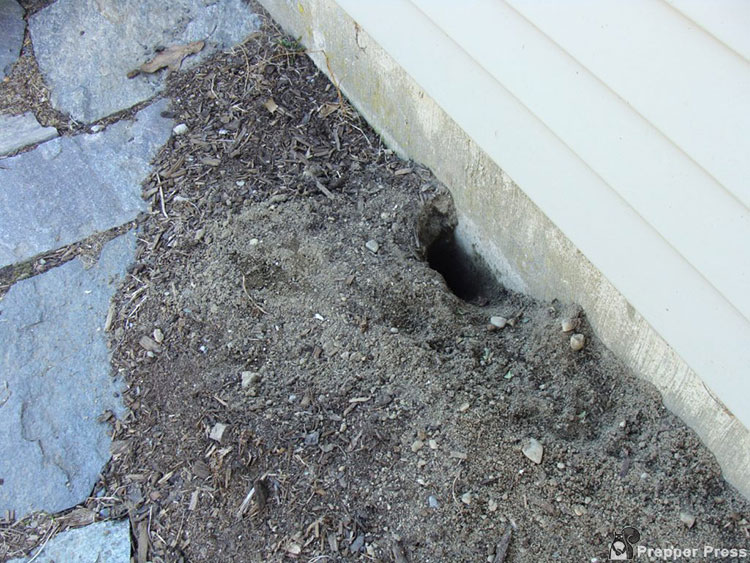People purchase livestock for many reasons. Some might want them as a pet. Others see them and buy them because they’re cute. However, when you’re living on a homestead, livestock is necessary. As a homesteader, it’s your goal to live a sustainable life while providing for yourself and your family in the best ways possible.
Caring for livestock is no simple task, but they provide a wealth of benefits. Besides giving you meat on the table or milk in a glass, you can use their manure as fertilizer, grazing animals aid in pest control, and others can help you better manage your land. They take a lot of work to care for them properly, but the benefits you reap are worth it.
If you’re just starting with some new livestock, you’re thinking of purchasing a cow or goat, or you’re an experienced homesteader and just need to brush up on your knowledge, then you’ve come to the right place. Here’s your guide to caring for livestock on your homestead.
Ensure You Have the Finances to Support the Livestock
A single animal costs more than you might think. Think of all of the things you need to care for it — including housing, feed, water, veterinary care, and transportation. It all adds up fairly quickly, so you need to fully ensure you have the necessary finances to support however many animals you want to purchase.
Set aside ample income for your livestock. They are an investment that is highly beneficial as a homesteader, but they will cost money over time. While owning livestock can bring in revenue, it may take a few years of barely breaking even to support your homestead.
Livestock is not significantly more cost-effective than store-bought meats or dairy products. You’re paying to care for them, whereas at a grocery store, all you have to do is pay however much a pound of meat or gallon of milk costs.
The cost of care and butchering is, of course, included in that price, so in reality, you break even more than make a profit. However, homesteading is all about sustaining and providing for yourself, and by raising livestock, you’re doing just that.
Decide How Much Livestock You Need
Before investing in livestock for your homestead, you should decide how many cows, sheep, pigs, goats, or other livestock you need to sustain your family entirely. Determine what it is you’re looking for in livestock. Some animals provide you with food, and others can provide you with milk. If you need both, then you may need more than one animal.
For a single person, you likely only need a few animals. However, if you want to make a living off of your livestock, you’ll probably need more than one in that case as well. For example, a dairy cow can provide you with a calf each year for meat purposes as long as you breed the dairy cow. For profitable income, you will more likely need a herd of dairy…




 The Hole – again. Time for lethal measures…
The Hole – again. Time for lethal measures… 


 Chelsea Green
Chelsea Green 

